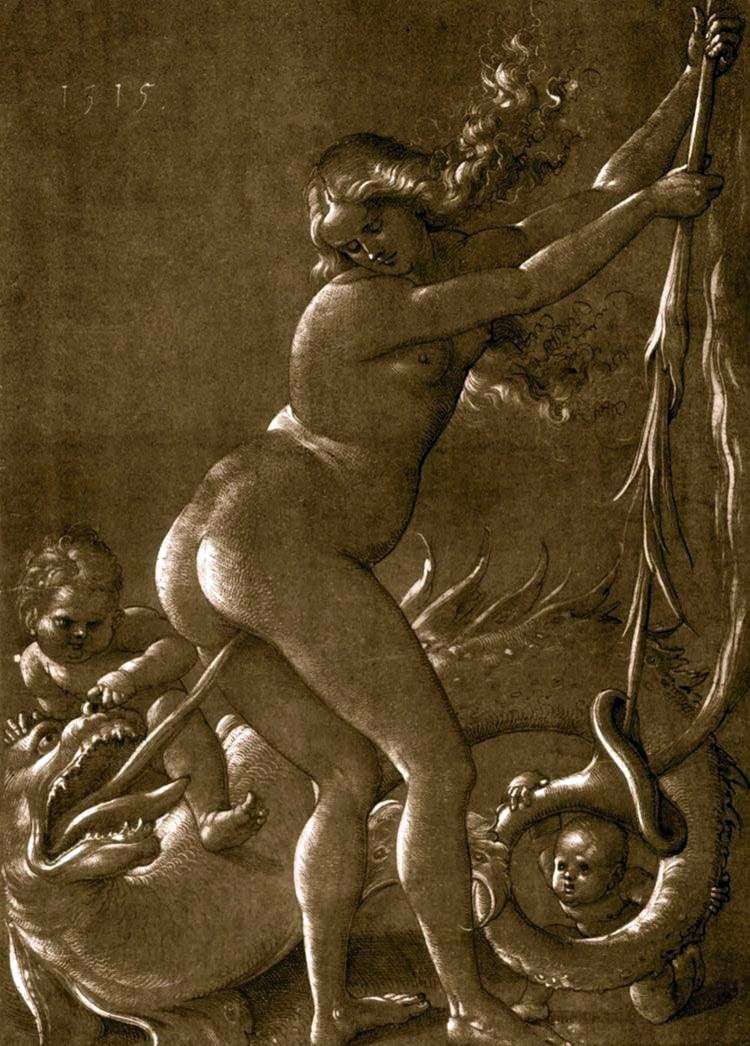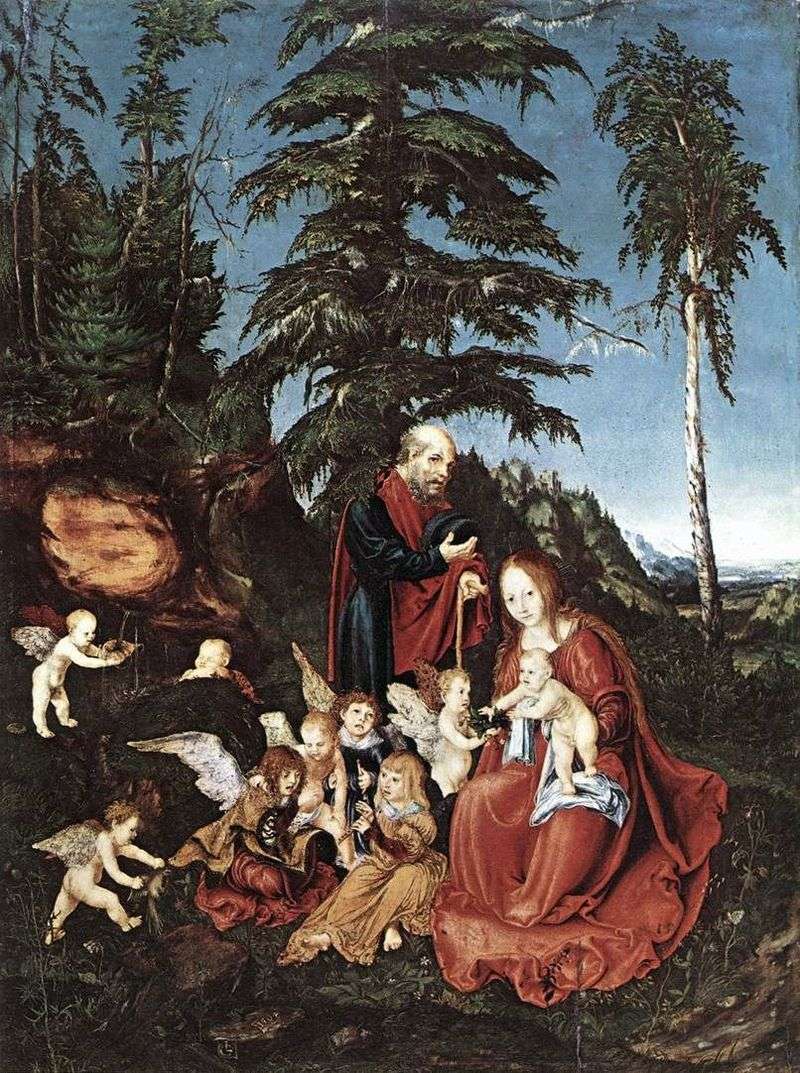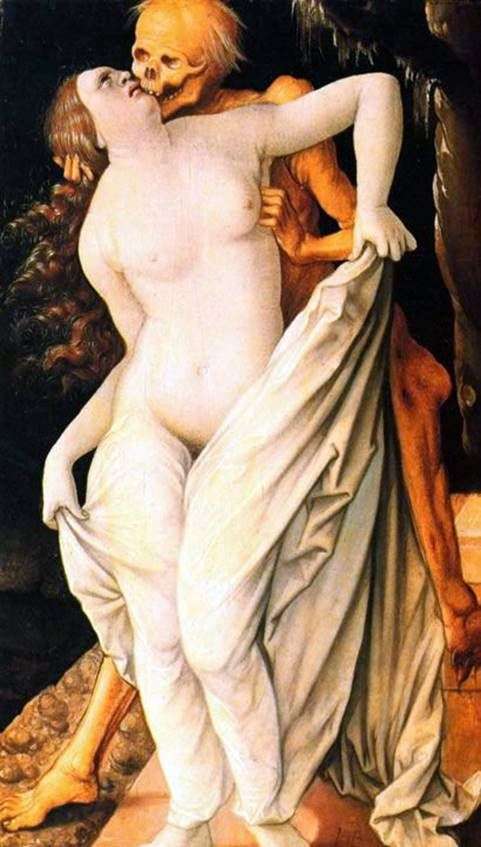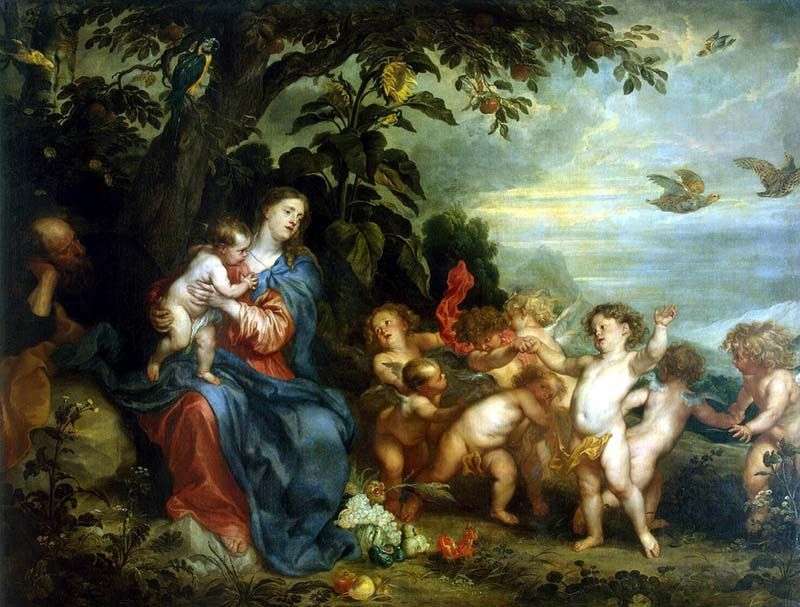
But most expressive are the unusually living faces of saints, Christ, angels and especially Mary – her image with her deep humanity and worried spiritual purity already belongs entirely to the art of the Renaissance. An even more contradictory and bizarre creation, engendered by this crucial era of German culture, is the huge statue of St. George, striking the dragon, carved from wood at the request of the Swedish statesman Sten Sture by the German sculptor Bernt Notke in 1489.
The figure of a knight on a horse that has been raised, plunging a monstrous dragon, is full of wild, almost ridiculous expression and at the same time simple-minded fairy-tale visibility that goes back to ancient folk motifs; The last impression is especially facilitated by the unexpected use of the elk’s horns covering the body of the dragon, helplessly floundering on the back of the dragon, as well as a multitude of all sorts of freakish ornaments on the head of a knight and his horse, in lats, harness, etc. This statue seems to be the last time comes to life in its most sincere and vital-folk features fabulous world of the Middle Ages.
 Witch and Serpent (engraving) by Hans Baldung
Witch and Serpent (engraving) by Hans Baldung Repos pendant la fuite en Egypte – Hans Baldung
Repos pendant la fuite en Egypte – Hans Baldung The main altar of the Freiburg cathedral by Hans Baldung
The main altar of the Freiburg cathedral by Hans Baldung Rest on the way to Egypt by Lucas Cranach
Rest on the way to Egypt by Lucas Cranach Death and the girl by Hans Baldung
Death and the girl by Hans Baldung Madonna and Parrot by Hans Baldung
Madonna and Parrot by Hans Baldung Rest on the way to Egypt by Anthony Van Dyck
Rest on the way to Egypt by Anthony Van Dyck Rest on the way to Egypt by David Gerard
Rest on the way to Egypt by David Gerard